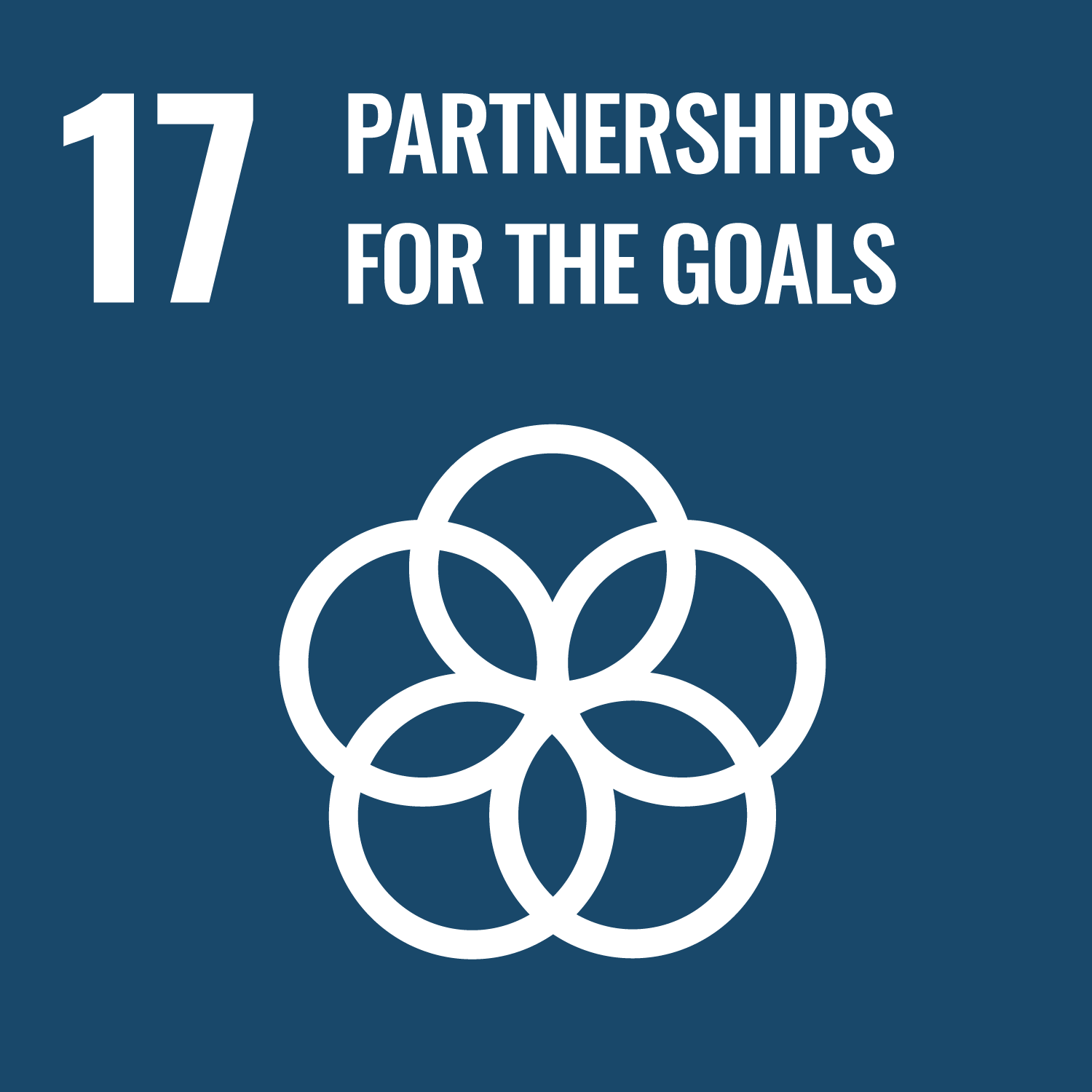SDG Detail
DEVELOP 717 : Humanitarian Interventions
Postgraduate courseProject description
Traces the rise of the humanitarian narrative and examines how humanitarianism � along with other key words such as crisis, emergency, and intervention � has become one of the organising categories of political action and order. The course explores the possibilities and limits of intervening in the lives of individuals and communities grounded upon discourses of compassion.
Project aims
?
Project outcome
By the end of the semester, students will: Review and critique the historical rise (and present crisis) of humanitarian intervention as a prominent mode of governance in global affairs Think, write and speak critically about key analytical concepts in studies of humanitarian interventions such as the politics of bare life, the emergency-development continuum, humanitarian partnerships, trauma and resilience Identify and critique research methods used in social studies of humanitarian interventions Situate the everyday practices of humanitarian intervention (project design and implementation, organisational management, working with local partners and so on) in light of the first three objectives Locate and critically appraise these debates and practices in the context of particular case studies of humanitarian interventions around the world. Examples may include but are not limited to: Christchurch earthquake, Haiti earthquake, Asia-Pacific cyclones (e.g., Cyclones Haiyan, Pam and Winston), Syrian civil war and refugee crisis, Hurricane Katrina, volcano eruptions and frequent flood events across Southeast Asia, American military misadventures in Afghanistan, Iraq, Libya and so on
Related SDGs
The corresponding sustainable development goals correlated with this project. You you click the icon to link to SDG category description page.









